
views
- Male turkeys have shinier feathers than female birds. They also have feathery “beards” on their chest, which females typically don’t have.
- Inspect the vent opening (located under the tail, between the bird's legs) to determine the sex of baby turkeys.
- Pick up a young turkey (or “poult”) and see if its legs lift up or dangle down. Female poults let their legs dangle, while male poults pull their legs up.
Adult Turkeys
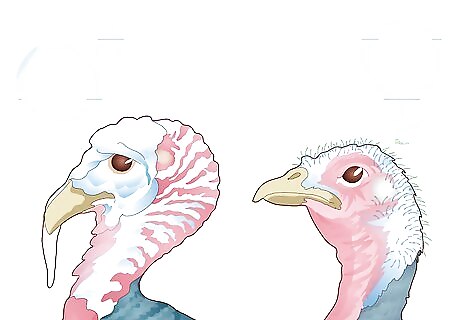
Female turkeys have feathers on their head, while males don’t. Take a close look at the turkey’s head—are there feathers that cover the surface, or is the turkey completely bald? If you can’t spot any head feathers at all, the turkey is probably male. Female turkeys have blue-grey flesh that may be visible beneath the feathers on their heads.

Male turkeys have shiny, black feathers and brightly-colored heads. Male turkey feathers have a metallic sheen to them in the sunlight, while female feathers are far less shiny. Male birds also have colorful heads that are often shaded in red, white, and blue, while female birds have plain, more neutral-toned heads. While female turkey feathers are a little bit shiny, they aren’t nearly as iridescent as a male turkey’s are.
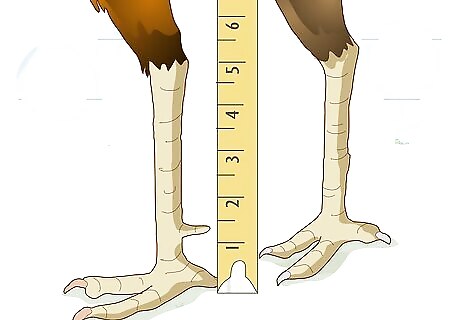
Female turkeys are smaller and have shorter legs than male turkeys. If you’re looking at a group of turkeys milling around, take note of each bird’s size. On average, female hens are 33-50% smaller than their male counterparts. Their legs are a bit smaller, too—the average female turkey leg is 4 ⁄2 in (11 cm) long, while the average male turkey leg is 6 in (15 cm).
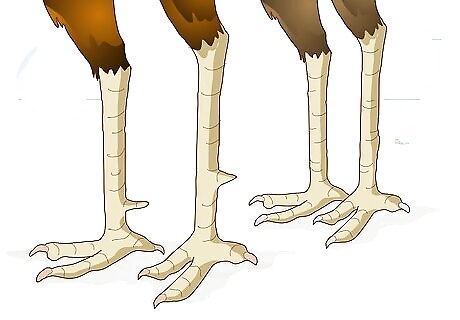
Male turkeys have sharp spurs on their legs, while females don’t. If you’re close enough to the turkey, take a close look at the base of its legs. Male turkeys have spurs, or sharp points that stick out of the leg. Adult male spurs are usually at least ⁄2 in (1.3 cm) long, while juvenile male spurs are stubby and shorter than ⁄2 in (1.3 cm). Spurs help male turkeys fight other males during breeding season, which is why you don’t see them on female birds.
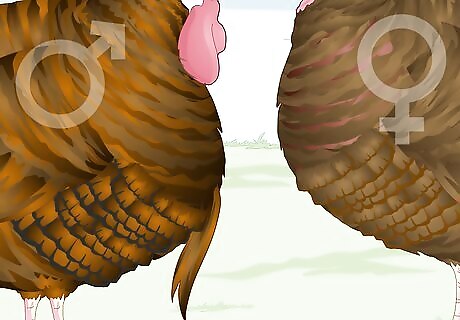
Female turkeys have brown-tipped breast feathers. Take a close look at the feathers on the turkey’s breast—do they look black at the ends, or brown? If they’re black, you’re probably looking at a male turkey. Most adult turkey breast feathers are squared off at the ends, while younger turkey breast feathers are more curved at the ends. This info only applies to wild turkeys. If you have a domesticated turkey, it likely has completely white feathers. It might be easier to take a closer look at a feather that the turkey dropped.
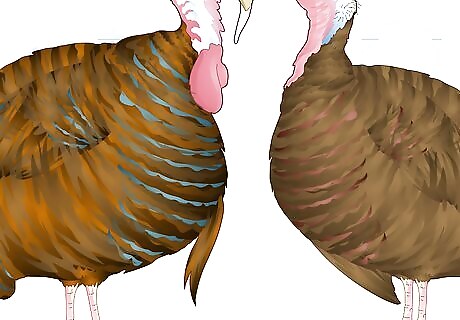
Male turkeys have breast beards, while females typically don’t. Take a look at the turkey’s chest—do you see a line of hair-like feathers running down the center of it (also known as a beard)? If so, you’re likely looking at a male bird, since the vast majority of females don’t have beards. Juvenile turkey beards are only 3 to 5 in (7.6 to 12.7 cm) long, while older turkeys have beards that are 6 to 10 in (15 to 25 cm) long. A small percentage of female turkeys also have beards, so they aren’t a conclusive way to sex your birds. Don’t confuse the beard with the caruncle or snood! Caruncles are fleshy growths on top of the head and snoods are fleshy growths hanging over the bill of the bird. Both sexes have these growths, even though the snood of an adult male is usually somewhat larger than that of a female turkey.
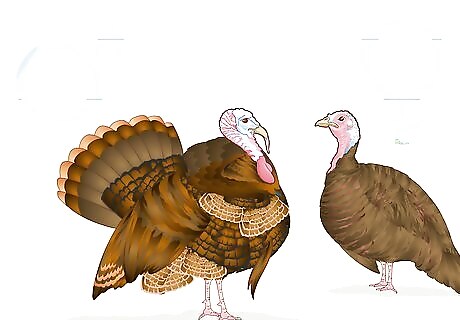
Male turkeys fan out their tail feathers behind them. Male turkeys frequently raise their tails up into the shape of a fan—so, if you see fanning happen, you’re probably looking at a male. Female turkeys, on the other hand, usually keep their tails down and won't fan them out. Not all males fan out their feathers, though, so this isn’t a foolproof way to sex a turkey. Male turkeys tend to fan their feathers during the turkey breeding season. Turkey breeding season really depends on where you live, but it often happens between February and April. Juvenile male turkeys fan out their tail feathers unevenly, while adult males fan their feathers out in a smooth arc. Throughout the breeding season, male turkeys often strut around while fanning out their tail feathers. However, female birds occasionally strut as well, so this behavior isn’t a 100% conclusive way to sex a turkey.
Baby or Young Turkeys
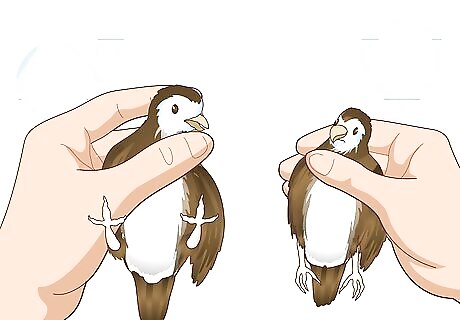
Baby male turkeys have bumped vents, while baby females have flat vents. All turkeys have vents beneath their tails and between their legs, which allow them to mate and reproduce further down the line. Carefully pick up the bird, using one hand to gently hold the wings down as you examine between its legs. If the vent looks more like a bump, the baby turkey (or poult) is male; if it’s completely flat, the poult is female. Don’t pick up a bird unless you feel really comfortable doing so. Baby turkeys look very similar when they’re young, which is why they can be difficult to sex at a young age. It’s easier to sex turkeys as they mature and develop more distinct characteristics.
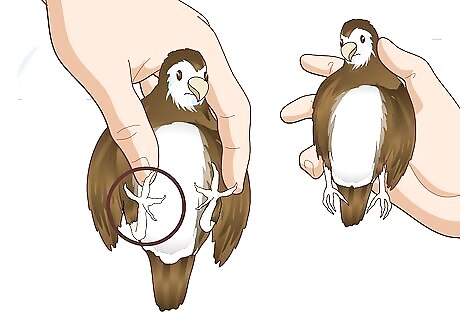
Baby male turkeys tuck in their legs whenever you pick them up. Gently lift up the bird, using one hand to keep the poult’s wings down. As you lift the bird, look at its legs—are they still dangling down or tucked into its chest? Dangling legs indicate a female poult, while pulled-up legs signify a male poult.
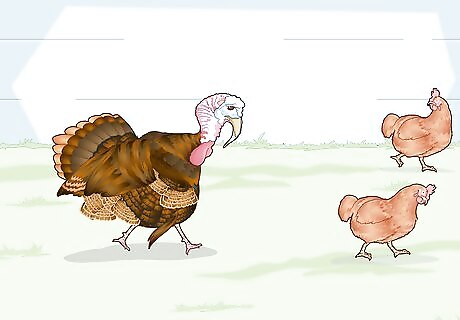
Male turkey poults are more territorial than female poults. If you’re having trouble identifying a poult by its vent or leg movements, pay a little extra attention to its behavior, instead. Generally speaking, male poults tend to be more brash and aggressive toward other birds, especially as they get older. Some common aggressive turkey behaviors include pecking and fighting.















Comments
0 comment